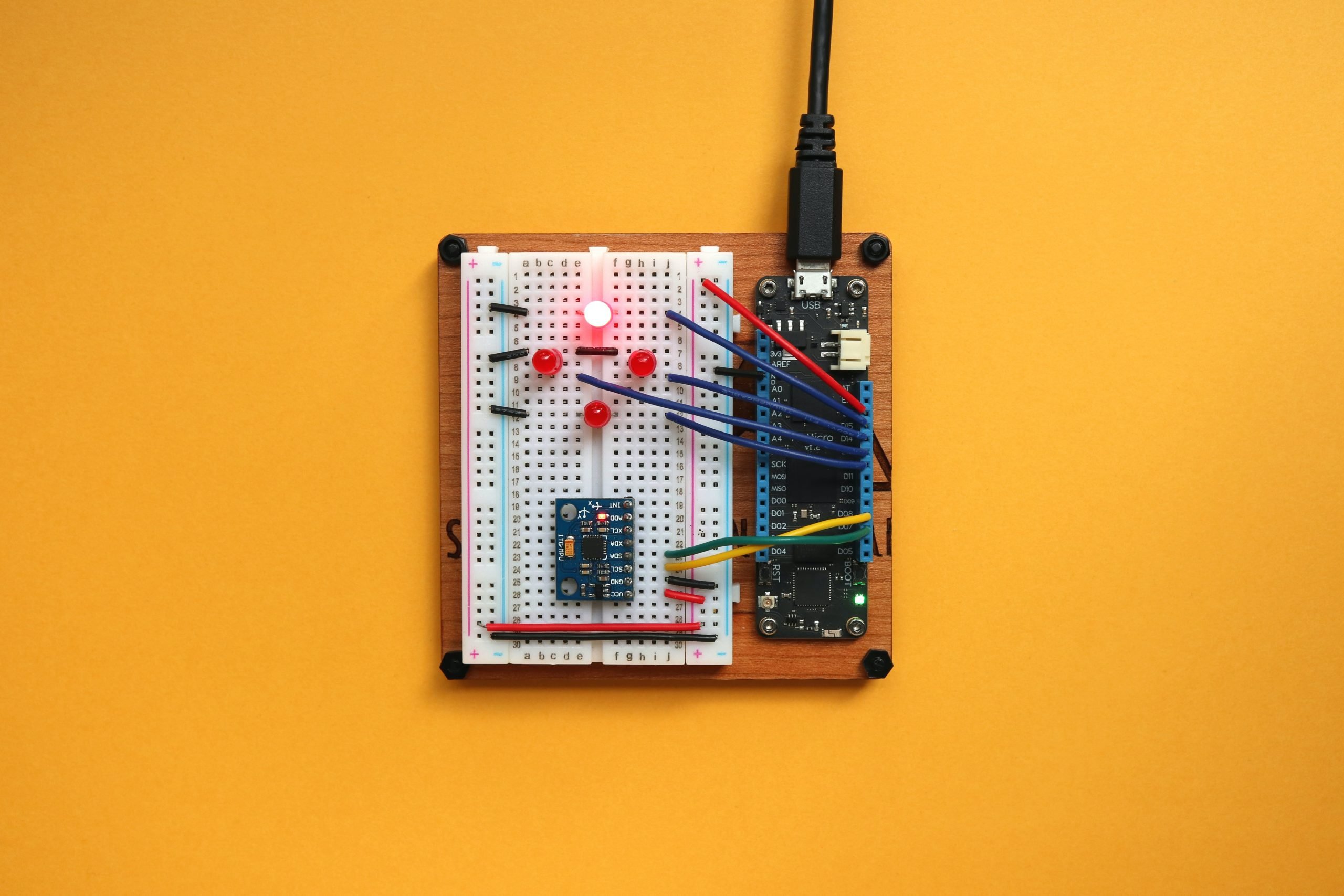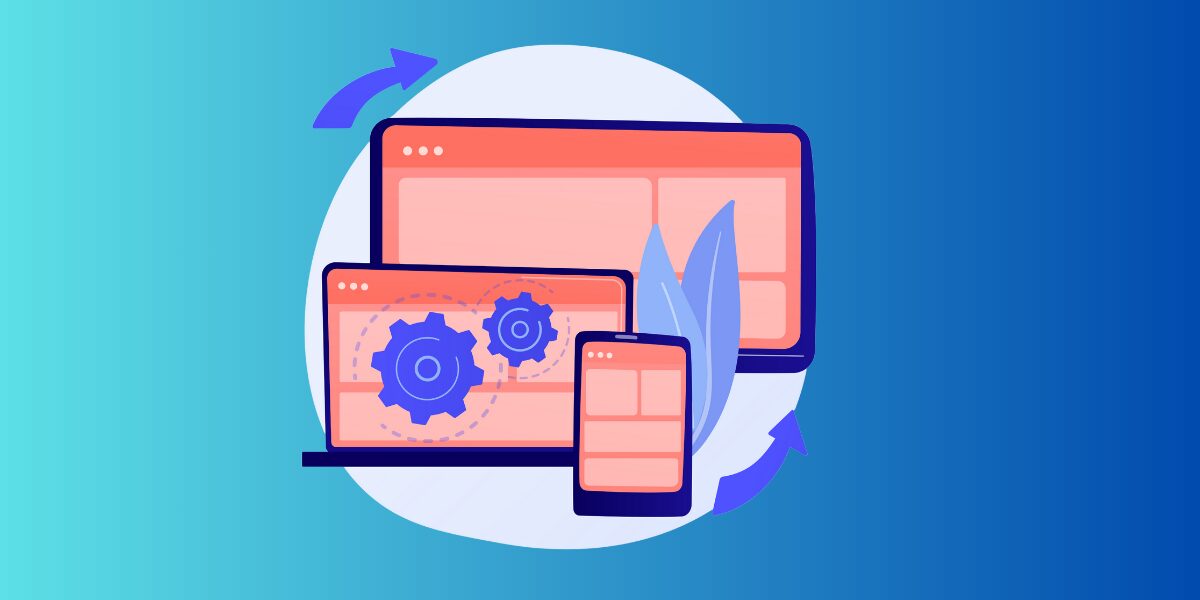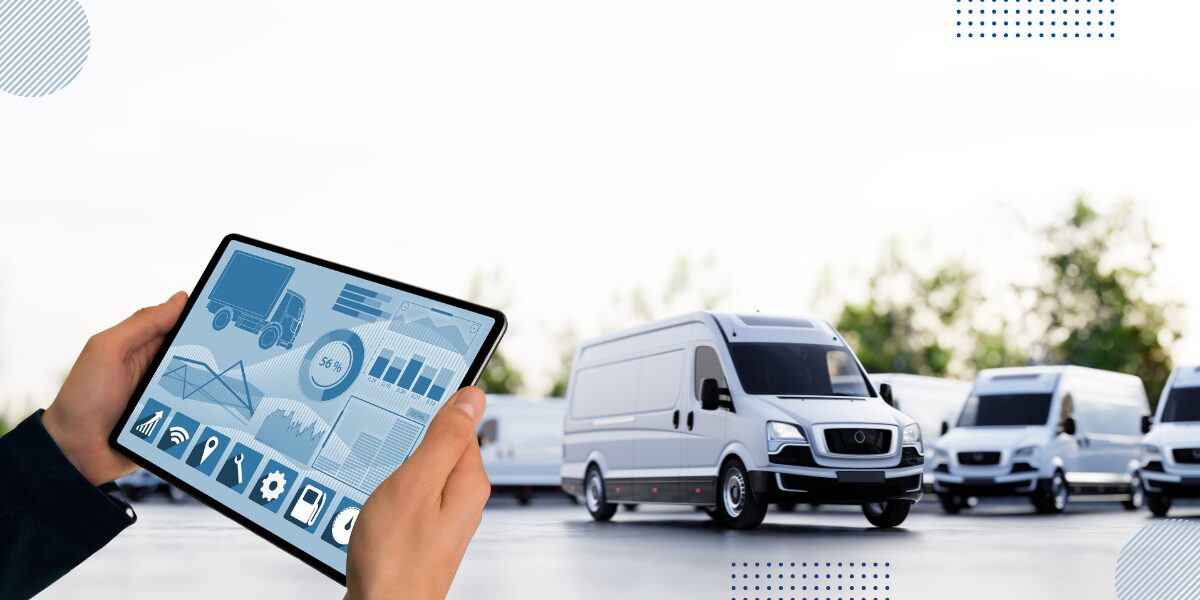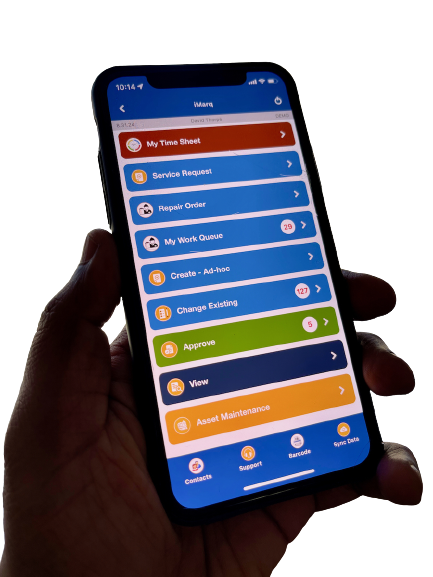The Connixt Roadmap for Digital Transformation
Product roadmaps, by design, align with technology evolution and customer/market feature requests. But at Connixt we take a different perspective – one that extends this approach a bit further. We attempt to anticipate applicability of new technology not for just today’s use cases, but for future ones. This prevents technology-creep – new features overwhelming products where new tech is present but not used. The Connixt roadmap comprises key areas like LIDAR, Internet of Things (IoT), AI/ML, 3D maps/GIS, and more. All of these factors contribute to a product plan that balances present needs with long-term goals. Of these key areas, the one that takes the primary focus for many of our customers is IoT.
An Organic Path to IoT
The popularity and utility of the Internet of Things (IoT) can be very enticing, especially for young products. But, like any form of technology evolution, it is incredibly important to know when and how to incorporate it into your process, product, or service. Similarly, the question may not be when, but if? More tech doesn’t always equal more benefits. To properly integrate IoT devices, you have to develop a path that is organic in its growth, scope, and efficacy.
The Connixt team views IoT as just one step in the digital transformation process, and not even the last. Of the many steps in this roadmap, an organization’s first step should be to digitize as-is processes. Following this, a company should gain familiarity with the increased volume, veracity, and velocity of data being collected. Familiarity, in this context, refers to the effective use of data collection; one that eliminates latency and inaccuracies, and facilitates the collection of more data. For example, this could include the addition of annotated photos from the field, geo-tagging, and time-stamps. The next step, after familiarity, is to determine the potential gains from automating data collection. This could lead to the adoption of more IoT technology.
Indeed, IoT is by no means the final step in this process. Contrary to popular belief, there is much that can be gained from data from IoT adoption.
Digitize As-Is Processes
To this day, many enterprises and organizations still equip their employees with clipboards, spread-sheets, and thick folders with printed paper. In other words, data collection is still “pen and paper.” While simple, it dramatically limits the efficiency, productivity, and modernity of their data collection. Fundamental issues creep in such as interpreting handwriting, that “o” instead of the zero, the missing decimal etc. – even before you consider the inefficiencies of data entry or walking back and forth to a terminal. –
As a first step towards IoT, companies should find a way to digitize their As-Is processes, particularly how they collect, record, and interpret data. This helps businesses go through the necessary step of process review and automation, as well as a deeper understanding of what data should be collected and the frequency of collection. The first step in this digitization process is to collect data from the field using mobile apps. This data is now stored and available for further analysis and action. Sometimes, systems may incorporate more advanced hardware and software to allow for live responses to incoming data. Once data collection has been successfully digitized, and you are familiar with the data that is being collected – along with how it is used, the next step should be to automate the data collection process altogether.
Is There a Need for Further Automation?
The implementation of automated data collection largely depends on the type of data and how frequently it needs to be collected. The choice of automation should also be based on the physical proximity of the data that needs to be collected. This will greatly influence the type of IoT devices you later choose to employ. If the data that needs to be collected from the field area is more frequent in nature, then this warrants the adoption of sensors. These devices collect live data and send it to a receiving system where it can be stored, viewed, and analyzed. The same applies to asset locations that are intrinsically hazardous.
As significant as automation might be, what you choose to do with the data is most important. Data shouldn’t be collected just to be filed away, or worse, forgotten. Otherwise, you are wasting valuable resources collecting information that could potentially improve your business.
Move to IoT
Once you are familiar with the nature of the data, its collection methods, and its general utility, automated data collection can be achieved through the introduction of IoT sensors. Through the automation of data collection, operations and processes become connected through an integrated IoT network. Data from every action can be tracked, viewed, and stored simultaneously. The data is collected from the IoT sensors, gets moved to a receiving system, and can be accessed for actionable maintenance when deemed necessary.
A great example of IoT integration for automated data collection is vibration levels. Using IoT sensors, the vibration levels of a piece of equipment can be measured and based on the limits configured, and a maintenance work order is created in the customer’s Work Order system. The Work Order so created is then transmitted to the appropriate technician who can now move forward with the appropriate action.
At Connixt we assist clients in digitizing data collection (the first step discussed here). We also provide a generic framework that can take them to the next step – receive IoT sensor data which can be interpreted through an actionable algorithm to further automate their operations.
We see IoT not simply as a discrete step in automation, but as a part of a continuum of ongoing digital transformation. This has the potential to change the very nature of business processes and efficiencies provided it goes beyond technology for technology’s sake.
To learn more about Connixt’s products and services, contact us today by visiting our website.





